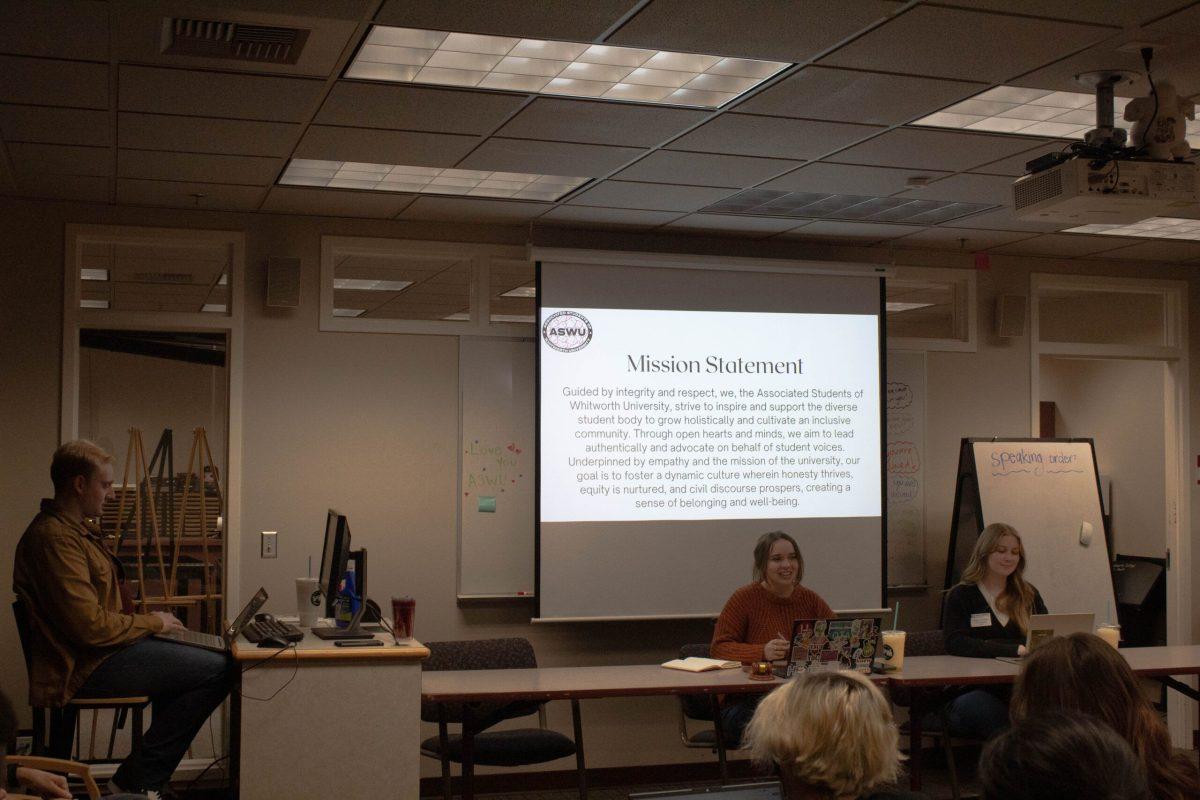Lyndon B. Johnson declared the War on Poverty 50 years ago, but as our social programs have expanded, poverty levels have remained largely stagnant. According to the U.S. Census Bureau, the poverty rate started at 19 percent in 1964 and has since fallen to 15 percent, but the actual rate has changed very little since the 1970s. The welfare program expansion has come at a great cost. Robert Rector and Rachel Sheffield of the Heritage Foundation claim that the government has spent over $22 trillion on anti-poverty programs since 1964, but with little efficacy. It is time for a re-examination of our welfare policy. Instead of continuing to increase our spending, we ought to look toward a smaller government solution. One potential alternative is to move toward a basic income guarantee.
According to the U.S. Basic Income Guarantee Network, it is a “government ensured guarantee that no one’s income will fall below the level necessary to meet their most basic needs for any reason.” Various proposals have arisen over the years on how to achieve this, but one that stands out is the negative income tax, which was proposed by Nobel Prize winning economist Milton Friedman. Under Friedman’s plan, everyone would file an annual income statement with the Internal Revenue Service. Those who make above a predetermined income would pay taxes as normal, and those who fall below the amount would receive a payment. Both the taxes paid and the amounts received would be graduated like the current income tax system.
Friedman’s proposal would eliminate the need for the 126 welfare programs we have aimed at specific needs, such as food stamps and unemployment insurance. Instead, people who do not earn a livable income would receive money to spend as they need it.
One advantage of the negative income tax is that it would significantly decrease the size of the government bureaucracies. According to Matt Zwolinski of the Cato Institute, “every one of the more than 126 federal welfare programs comes with its own bureaucracy, its own set of arcane rules, regulations, and restrictions, and its own significant (and rising) overhead costs.” We could merge aid distribution with the IRS, eliminating the need for complicated bureaucracies. This would reduce the costs involved with administering funds, as well as reduce the time and energy required to apply for aid.
The negative income tax would also allow people to practice a greater degree of self-governance. Rather than applying to a specific program, an individual could determine how to spend the money as he or she sees fit. For example, instead of receiving food stamps that can only be applied toward food costs, the block grant could be used for food as well as other costs.
Of course, a negative income tax is not a silver bullet to eliminating poverty in the United States. Any government program runs the risk of reducing the incentive to work, and they often have limited efficacy. As I argued in my previous articles on Christian libertarianism, I believe that the church has the responsibility of stepping in to help those in need. However, where private aid falls short, the negative income tax seems to be a smaller government and more efficient system than our current methods for administering assistance, and is a means of welfare that we ought to consider.
Contact Lindsey Hubbart at [email protected]





